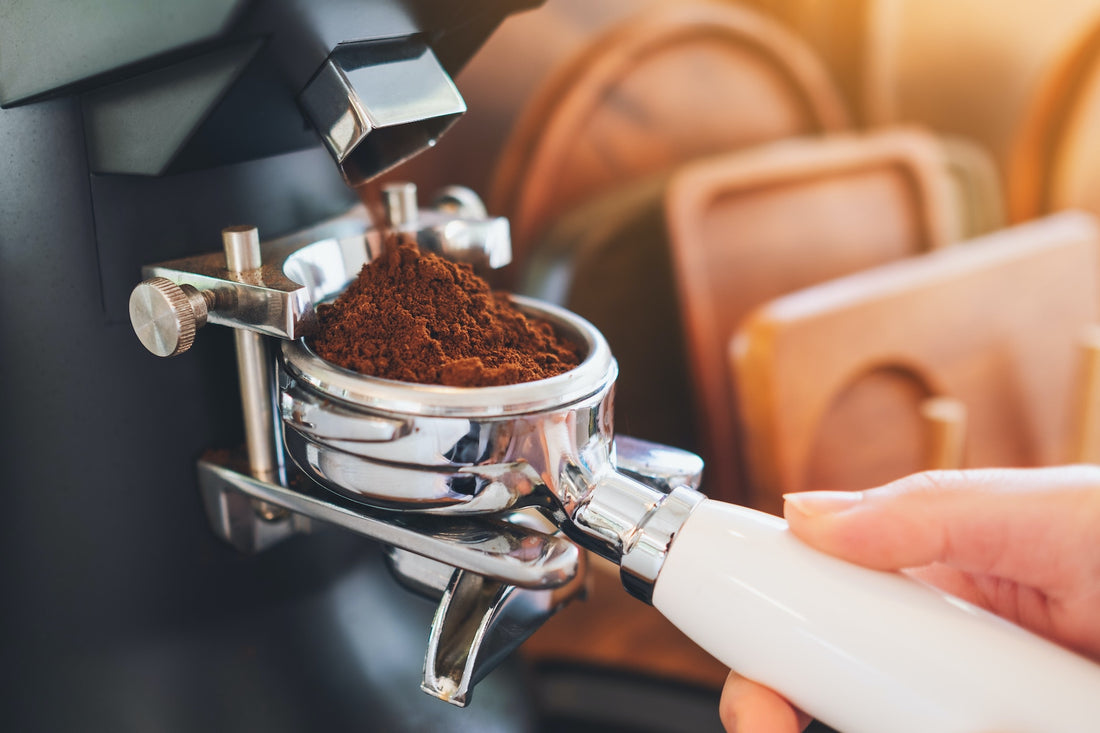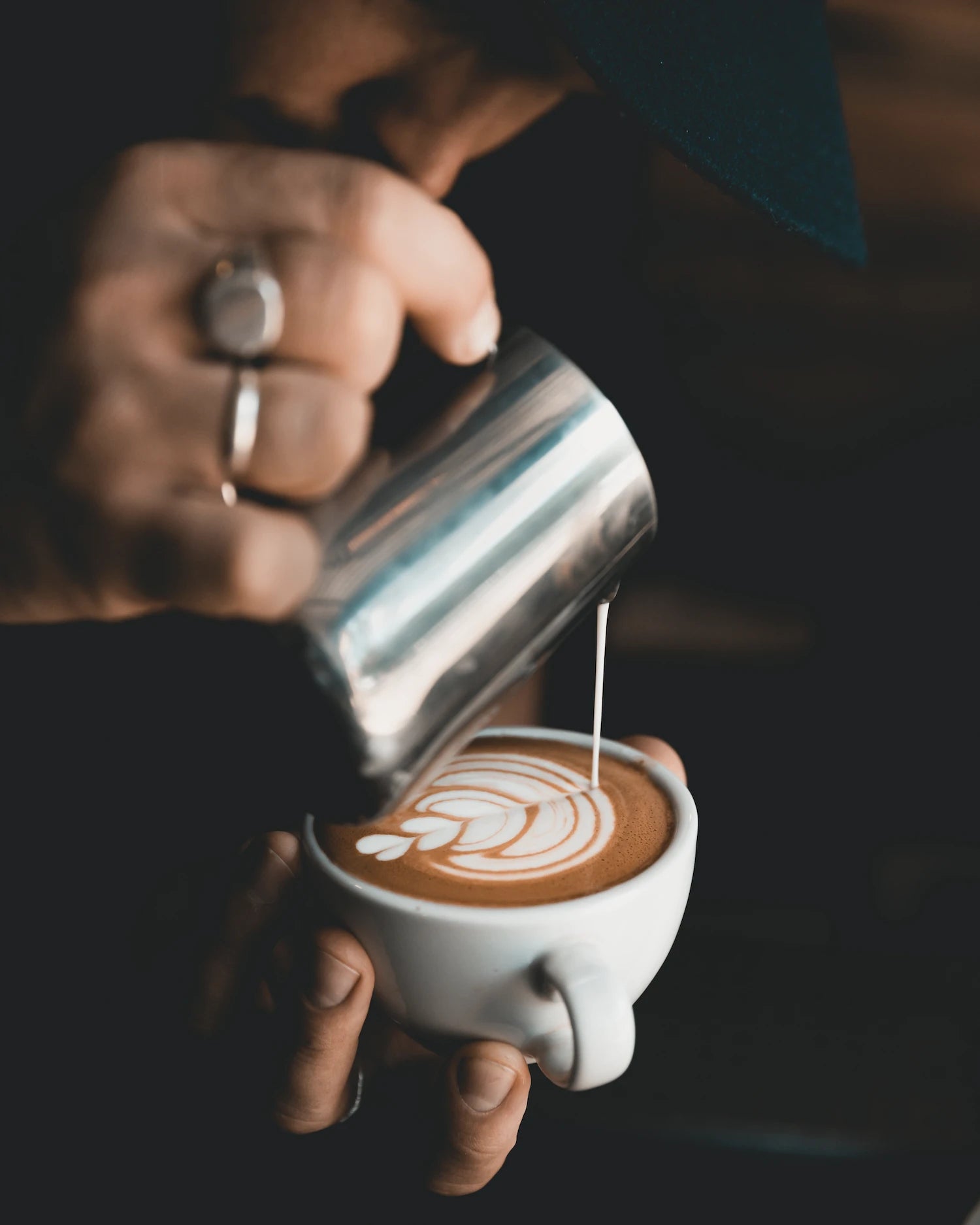
The Perfect Grind: Understanding Coffee Ground Coarseness and Brew Methods
There’s no doubt that the heart of a cup of coffee lies in the beans. But how you grind those beans is arguably just as vital to achieving your perfect cup. The grind coarseness can influence everything from flavour profile to extraction rate. If you’ve ever wondered why your homemade brew doesn’t match up to the coffee shop standard, the grind might just be where you're going wrong.
From Bean to Brew
All beans aren't created equal, and neither are all grinds. Coffee beans need to be ground to different levels of coarseness or fineness depending on your brewing method. This is because the size of your coffee grounds will impact the surface area exposed to water, which in turn affects extraction.
The Science of Extraction
Extraction is the process where water pulls out the flavours from the coffee grounds. If your coffee is under-extracted, it can taste sour because the water has only pulled out the quick-dissolving acidic compounds. Over-extracted coffee, on the other hand, can taste bitter. The key is to find the right balance, and this is where grind size comes into play.
The Grind Spectrum
-
Coarse Grind: Resembling breadcrumbs, coarse grinds are ideal for brewing methods where water and coffee are in contact for a longer time, such as in a French press or cold brew. The extended brew time means that a larger surface area isn’t required.
-
Medium-Coarse Grind: With a texture similar to rough sand, this grind is often favoured for pour-over methods, like the Chemex, which require a bit more precision.
-
Medium Grind: Think of the consistency of regular sand. This grind is versatile and commonly used in drip machines.
-
Medium-Fine Grind: A slightly finer texture than table salt, it’s perfect for AeroPress or for those who like a slightly longer espresso shot.
-
Fine Grind: As fine as powdered sugar, this grind is best for espresso. The quick, high-pressure method of an espresso machine means the water doesn’t have much time to extract those flavours, hence the need for a finer grind.
- Extra Fine Grind: Almost like flour, it’s very rarely used but can be found in some Turkish coffee methods.
Matching Grind to Brew
-
French Press: As mentioned, go for a coarse grind here. A finer grind can result in a sludgy texture.
-
Pour Over: Depending on your technique and the specific device, a medium to medium-coarse grind is often recommended.
-
Drip Machines: They work best with a medium grind, ensuring an even and flavourful extraction.
-
Espresso: Fine grind is the way to go. You want a texture that's somewhere between table salt and powdered sugar.
-
AeroPress: Depending on your preference, a medium to fine grind can be used.
- Cold Brew: Coarse grind ensures that your coffee doesn't over-extract over the long brewing period.
Adjust and Taste
Grinding is an art as much as it is a science. Don't be afraid to adjust your grind and taste test. Factors like bean type, freshness, and personal preference all play a role.
Conclusion
While the grind is just one piece of the puzzle, it's an essential one. Ensuring that your grind matches your brew method can drastically enhance your coffee experience. Don't be afraid to experiment and taste-test until you find your perfect match.



